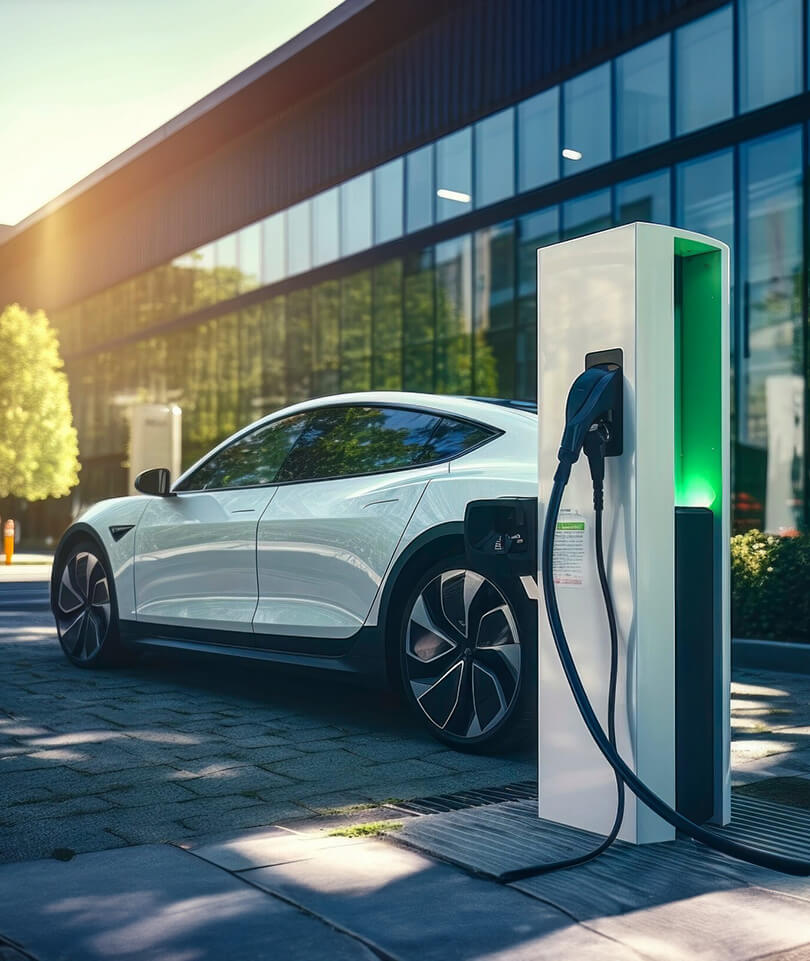


Explore the Automotive Industry in China
China’s EV sector, once a niche market, has witnessed explosive growth, fuelled by the Made in China 2025 strategy and substantial government subsidies. By 2023, China dominated global NEV sales with a 63.6% share.
As the global EV market matures, the industry faces challenges such as navigating the adoption of S-curve and industry convergence. Companies like BYD and Tesla have managed initial growth phases through vertical integration, but the long-term success of others remains uncertain.
Foreign brands in China must decide whether to forge new paths or continue with JVs in their EV ventures. The emergence of “reverse joint ventures,” like Volkswagen’s investment in XPeng Motors, indicates foreign firms’ growing interest in Chinese EV technology.
Chinese brands, meanwhile, are innovating in response. For example, NIO is building a comprehensive ecosystem beyond automotive manufacturing into smart devices, and Li Auto leads in sales due to its deep understanding of consumer preferences. China’s automotive landscape, with its shift from traditional car manufacturing and JVs to a booming EV sector, reflects the nation’s adaptability and commitment to sustainable growth.

